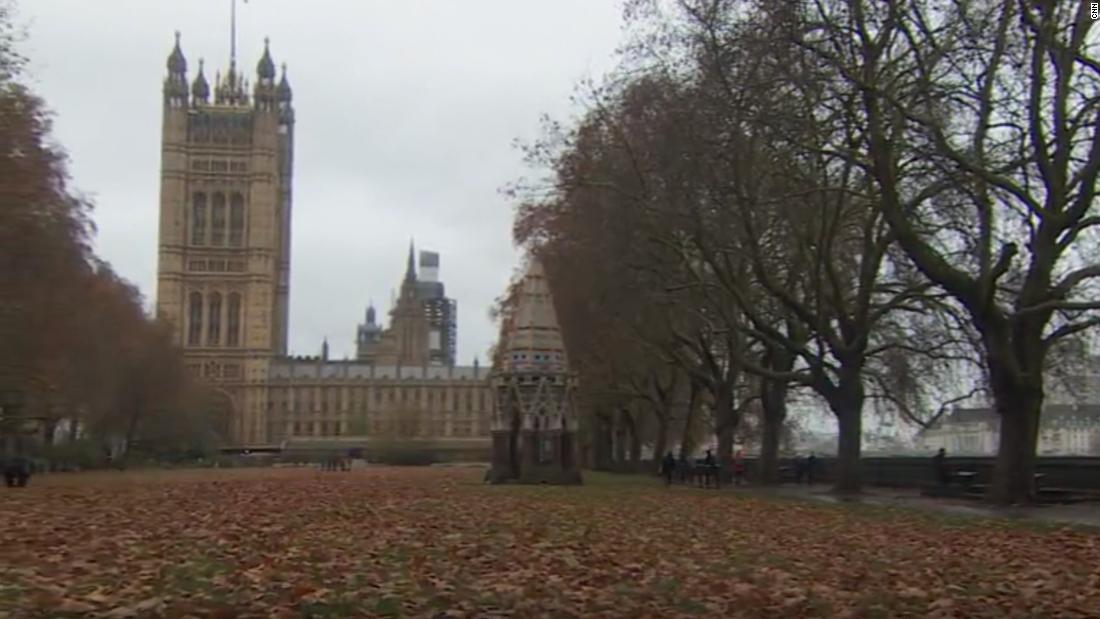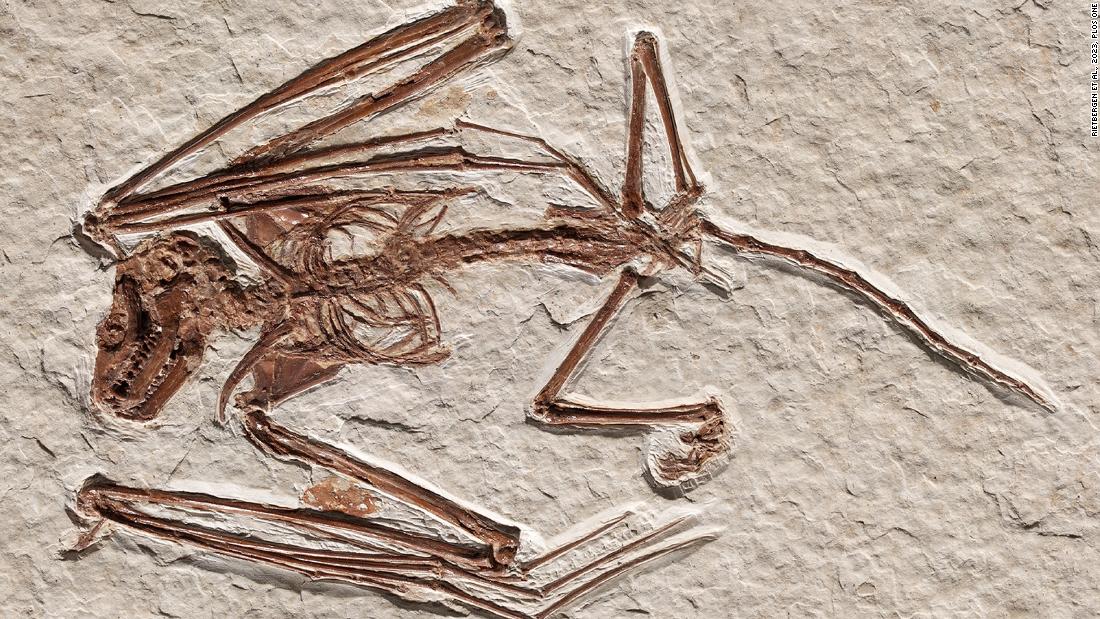THOUSANDS of giant fish-eating spiders the size of your hand have come back from the “brink of extinction”.
A map has revealed where colonies of the fen raft spider are lurking after the critters had their “biggest mating season on record”.
GettyThousands of giant fish-eating spiders the size of your hand have come back from the ‘brink of extinction’[/caption]
Fen raft spiders can run across the surface of water to catch their prey and they’re able to detect the slightest movements below the surface thanks to tiny hairs on their legs.
Their webs can stretch up to a whopping 25cm, making them the size of a pizza.
The creepy crawlers were introduced to four sites in the Norfolk and Suffolk Broads, in eastern England.
It came as part of Chester Zoo’s mission to see the species’ population rise, after they had been in terminal decline.
Arachnophobes may be terrified to learn zoologists released thousands of the eight-legged creatures – which can “grow to be the size of your hand” and “you can’t miss them”.
And subsequent research has shown the semi-aquatic spiders are thriving in Norfolk.
The RSPB said there are now potentially 3,750 females at Mid Yare Nature Reserve, on the Norfolk Broads.
The Mid-Yare Marshes are a biological Site of Special Scientific Interest east of Norwich in Norfolk, England.
The resurgence of the creature has been named one of the RSPB’s “major nature wins” of 2024.
RSPB chief executive Beccy Speight said: “This year has secured major nature wins – from the historic sandeel fishing closure to saving species like Saiga antelope from extinction – the RSPB has demonstrated what can be achieved through vital conservation efforts.”
Fen raft spiders were also translocated in the Castle Marshes, a nature reserve west of Lowestoft in Suffolk managed by the Suffolk Wildlife Trust and the Carlton Marshes, situated in the Waveney Valley at the southern tip of the Broads National Park, on the Suffolk-Norfolk boarder.
The final translocation site was the Ludham Marshes, a nature reserve within the Broad National Park.
How to spot the Fen Raft Spider
The Fen Raft Spider is Britain’s biggest, making them far from difficult to spot.
The best way to see them is when the females create a nursery for their young, according to the Royal Society for the Protection of Birds (RSPB).
Tim Strudwick, reserves manager for the RSPB in the mid Yare valley in Norfolk, said: “The female lays her eggs into a sack and when the young come out of that sack about three weeks later, they form a nursery in the water plants.
“You can see it just above the water surface.
“So this is what we’re counting, once you see one and get your eye in you start seeing them everywhere because they are quite a unique thing.”
He added: “They catch the dew and if you come on a morning, a sunny morning, the light goes through them, and they glow – you can see them with the naked eye 20m or so away.”
Meanwhile, there are remnant populations in South Wales, East Sussex and East Anglia.
Chester Zoo said: “Ten years ago we helped release thousands of giant spiders back into the UK!
“The Fen Raft Spiders were bred right here at the zoo, and we’re super happy to report there are now more than 10,000 breeding females and they’ve just had the biggest mating season on record!”
Although they may look threatening, this species of spider is harmless to humans.
Chester Zoo highlighted how they play an integral part within aquatic ecosystems.
Their diet includes other spiders, damselflies, dragonfly larvae and pond skaters, and they will even catch fish and tadpoles.
However, 15 years ago, the species almost became extinct after the destruction of its wetland home.
In order to save the species, the zoo raised hundreds of baby spiders in individual test tubes as part of a collaborative conservation breeding rescue programme in partnership with the RSPB.
Chester Zoo said: “Our team delicately hand fed tiny flies to each of the hundreds of spiderlings using tweezers, day in, day out, for weeks on end in our bio-secure breeding facility.
“Eventually, the young spiders grew strong enough to be returned to their natural habitat, which our partners worked to restore, and we released them in their hundreds!”
But, if spider fearing Brits wish to keep the creepy crawlers out of their homes this winter – here is a list of tips from an expert.
Everything you need to know about spiders
UK spiders: The 24 British spiders you could find in your house
How can I get rid of spiders from my house?
Do UK house spiders bite?
When is UK spider season?
What do spider bites look like?
Do conkers keep spiders away?
What are the biggest spiders found in the UK?
What is a spider wrangler?
What are Huntsman spiders?
GettyFen raft spiders can run across the surface of water to catch their prey[/caption] Published: [#item_custom_pubDate]















































































































